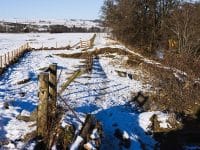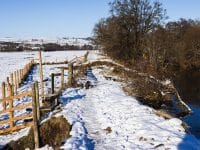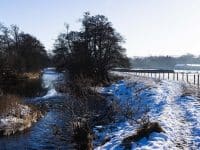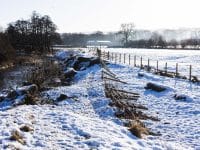A. Haweswater is a crucial drinking water reservoir, supplying a significant portion of the region, making its management critical.
To mitigate flood risks, we manage inflows and regulate water storage carefully. When levels approach half a meter below top water level, we turn away indirect catchment intakes and, when possible, manage flows from Wet Sleddale to prevent additional inflows. However, natural runoff from the direct catchment (spanning 3,208 hectares of the total 9,050-hectare catchment) remains outside our control. The stringent operating rules, agreed upon with the Environment Agency and the Drinking Water Inspectorate, ensure we balance flood prevention, water supply reliability, and ecological considerations effectively.
United Utilities





